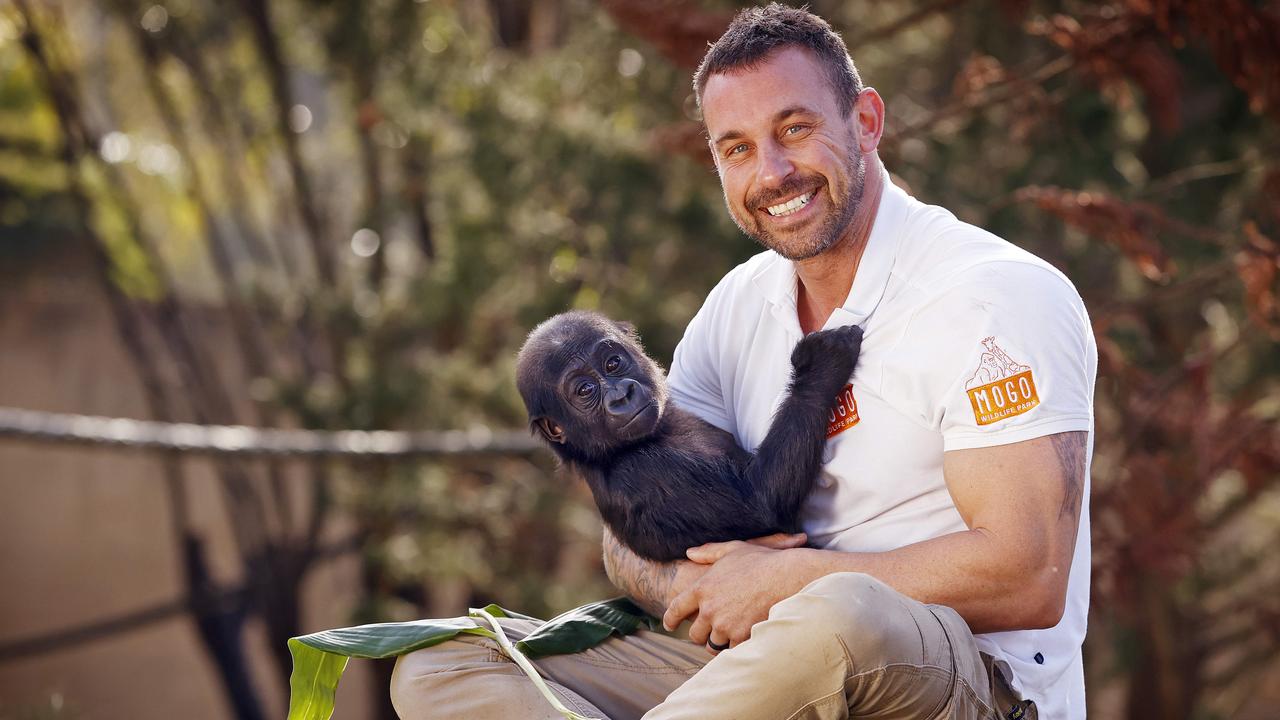Central Coast tourism strategy: Avoca floated as next world surfing reserve
Santa Cruz, Punta De Lobos … and maybe the Central Coast? Council has released a tourism strategy and will look into having one of our iconic beaches declared a World Surfing Reserve.
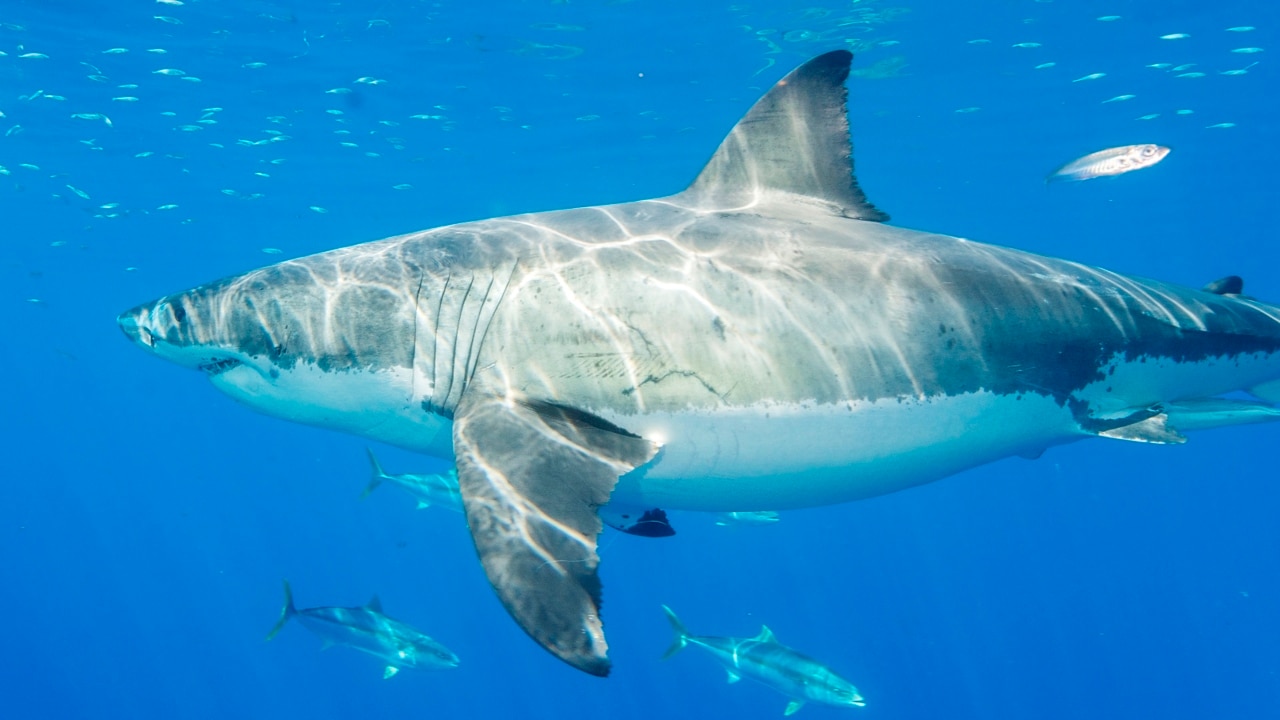
Central Coast
Don't miss out on the headlines from Central Coast. Followed categories will be added to My News.
Avoca Beach has been floated as a potential World Surfing Reserve (WSR).
The beach has been identified by Central Coast Council in its latest tourism strategy to become a potential WSR and join the likes of Malibu and Santa Cruz in California, Punta De Lobos in Chile and Sydney’s Manly Beach.
The draft Central Coast Destination Management Plan 2022-2025 was adopted at Tuesday night’s council meeting and will go on public exhibition.
The report highlights our waterways and beaches as a “primary strength of the Central Coast visitor economy”.
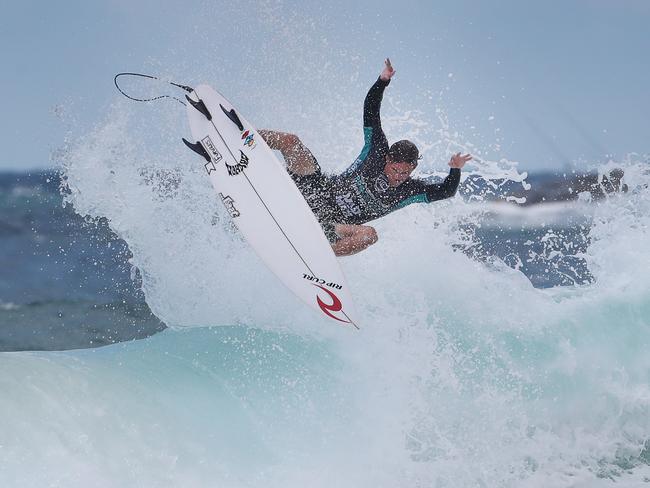
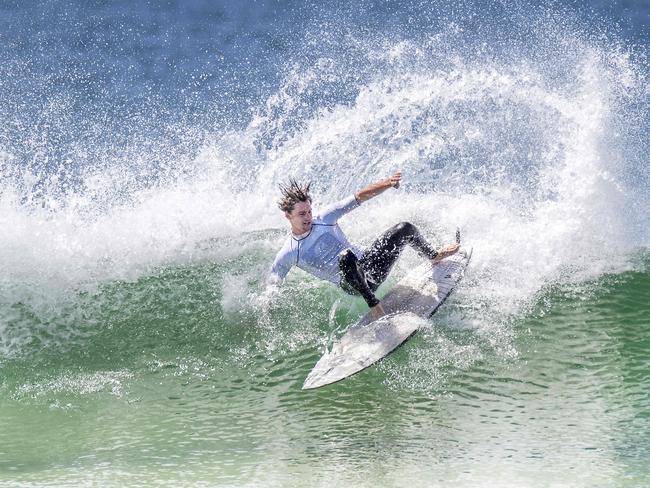
“These natural assets define the visitor experience, particularly along the coastline,” the report states.
Various opportunities were identified including investigation into the designation of a coast beach as a WSR.
Council’s Administrator Rik Hart said Avoca would be the beach put forward if the council decides to make an application. Each year Save the Waves Coalition designates one new World Surfing Reserve with 10 on the list worldwide. The application process requires significant work from local communities and is based on the quality and consistency of the waves, environmental characteristics, culture and surf history and local support.
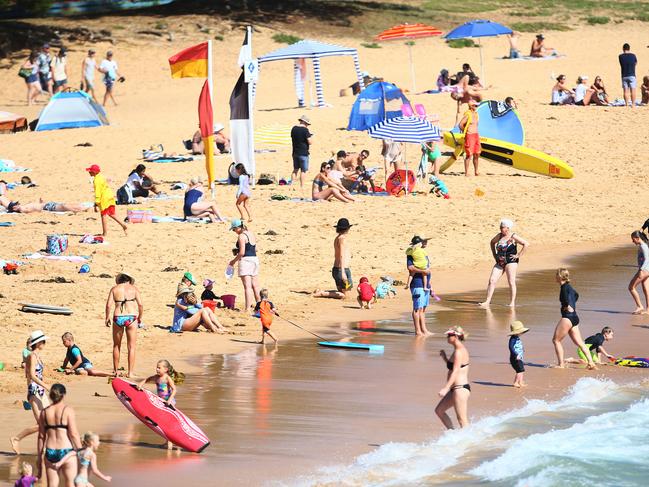
“Obviously we have some of the best surf beaches in Australia, particularly on the strip of coastline between here and Sydney,” Mr Hart told the Express.
“This would be a natural progression and would attract more events. It would create more of a global view of how good it is here.”
Mr Hart said the council’s destination management plan was a “critical piece of work” for the region.
“Without having a plan in place we are not eligible for state or commonwealth funding,” he said.
“It’s terribly important as 2021 was such a challenging year with lockdown. Everyone is now pretty excited to get out and about. The Central Coast has such a wide range of attractions, not just the beaches.”
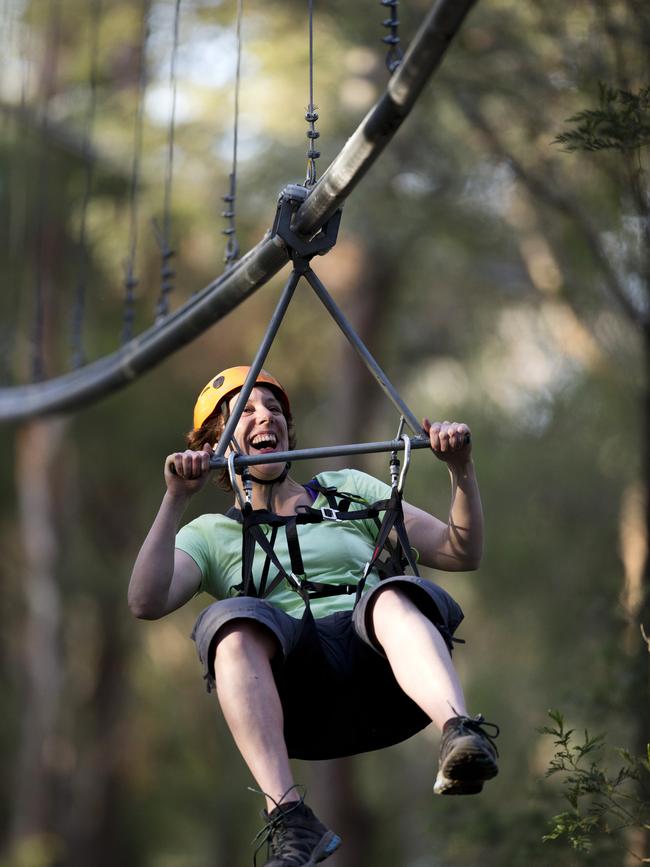
The report states that prior to the pandemic, the coast attracted 6.6 million domestic visitors in
and 54,000 international visitors in 2019 with a spend of $1.3b. A majority of visitors were day trippers.
“As at 30 June 2021, $975m in visitor expenditure was achieved for the region for both domestic day and domestic overnight visitors,” the council report stated.
“The Central Coast economy is highly reliant on tourism, with 21 per cent of jobs in the local economy attributed to accommodation and food services, retail trade and arts and recreation services.”
Targets in the strategy include increasing overnight visitation by 10 per cent, visitor expenditure by 15 per cent and Hinterland visitation by 20 per cent.
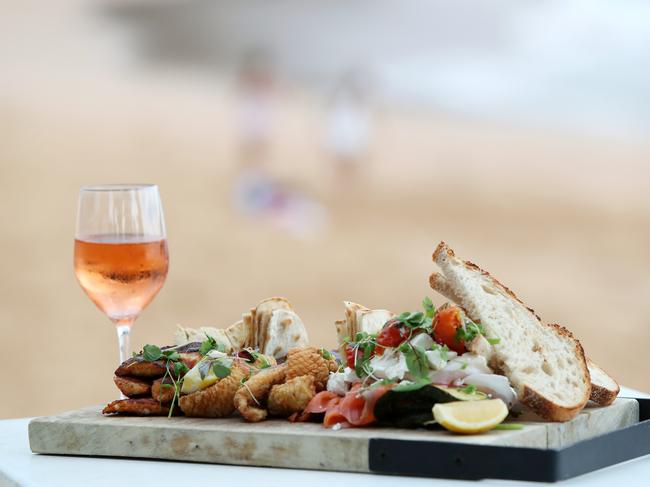
The Gosford revitalisation has been identified as a project that will help grow tourism, while other emerging strengths include the growing Central Coast food, drink and farmgate scene, events and festivals.
Areas identified for improvement include towns and amenity, increasing overnight accommodation options and transport and parking.
Other opportunities include developing iconic walks, waterway tours, mountain bike trail opportunities, more food experiences along with new indigenous experiences.
Council is also keen to hold more events during off-peak times and more multi-day events.
The




